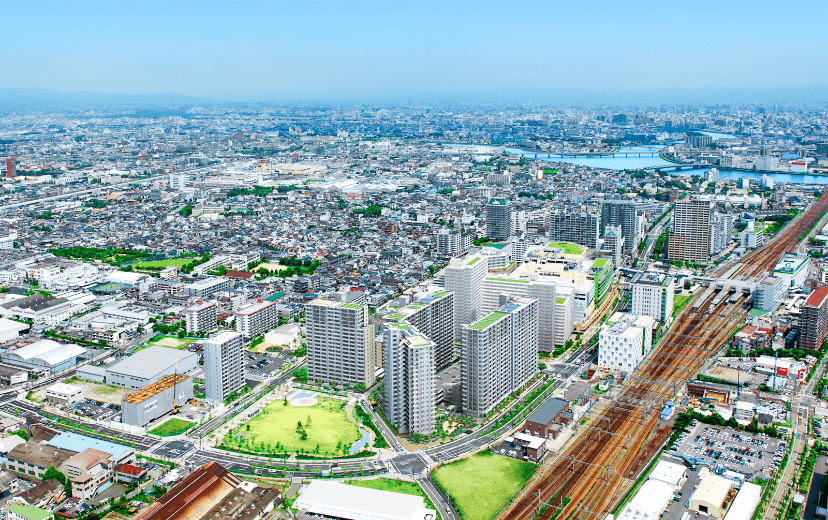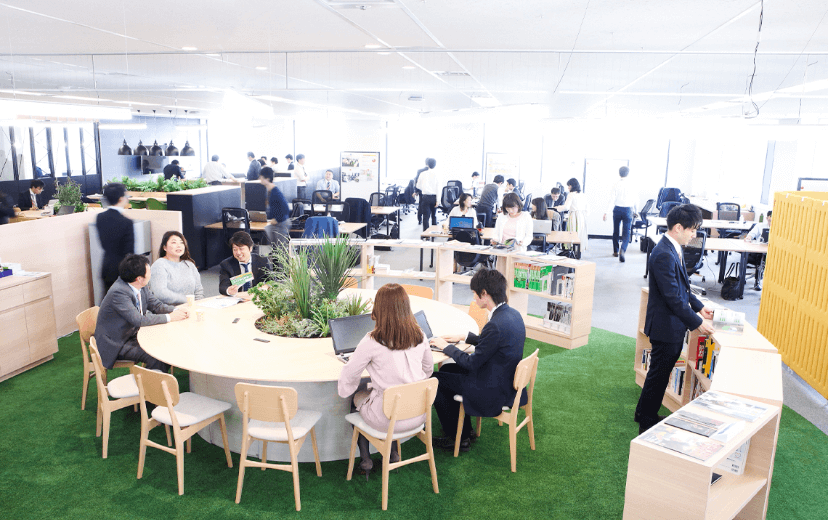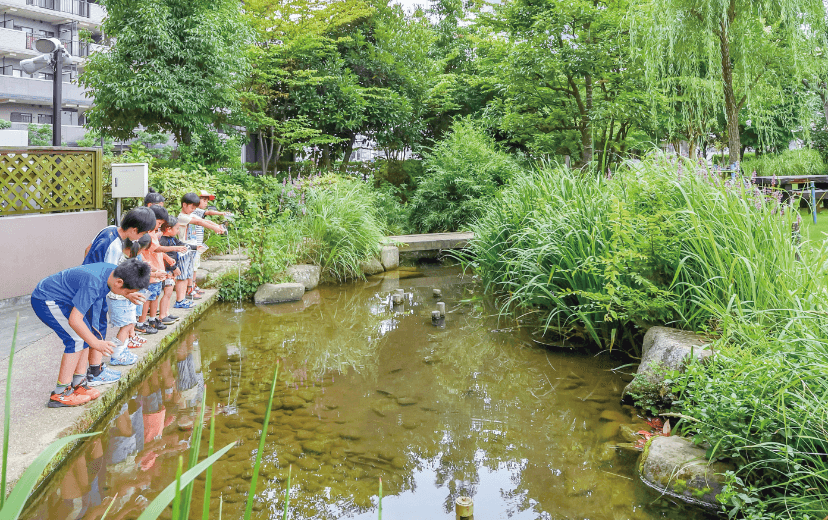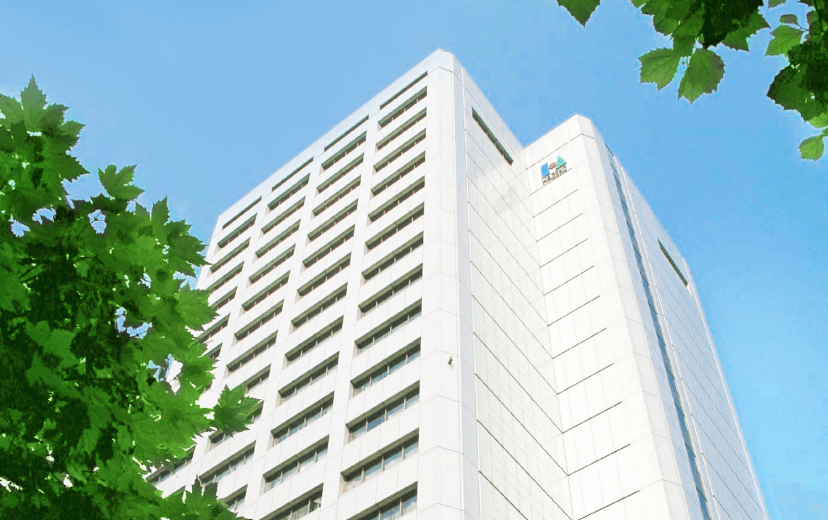Protecting the precious environment
Supply chain
We promote activities to protect and improve the global environment in alliance with partner companies.
Green procurement initiatives
Initiatives to select materials with smaller environmental footprint is called green procurement. As part of our green procurement initiatives, we investigated 14 green procurement materials for FY2021 and counted their quantity.
Going forward, we will review and add green procurement materials as necessary in consideration of green procurement results, social trends and other factors.
| Item | Unit | FY2017 | FY2018 | FY2019 | FY2020 | FY2021 |
|---|---|---|---|---|---|---|
| Steel for electric furnace (reinforcing steel) |
1,000t | 203 | 228 | 198 | 187 | 169 |
| Blast furnace cement and freshly-mixed concrete |
1,000m3 | 176 | 225 | 210 | 208 | 225 |
| Recycled tiles | 1,000m2 | 302 | 356 | 329 | 226 | 220 |
| Recycled plasterboards | 1,000m2 | 4,566 | 4,765 | 4,793 | 4,537 | 4,900 |
| Particle boards (double flooring) |
1,000m2 | 189 | 255 | 247 | 267 | 378 |
| Styrene materials (wall-backing packing) |
m3 | 395 | 419 | 366 | 377 | 325 |
| Water-saving toilet bowl | 1,000units | 16 | 20 | 15 | 15 | 16 |
| Rooftop and wall greening | 1,000m2 | 11 | 11 | 9 | 1 | 9 |
| Permeable paving | 1,000m2 | 16 | 26 | 23 | 30 | 21 |
| SUS piping (water supply piping in communal areas) | t | 84 | 53 | 29 | 21 | 31 |
| LED lighting equipment | 1,000units | ー | ー | ー | 194 | 304 |
| Long vinyl sheets | 1,000m2 | 280 | 383 | 369 | 293 | 329 |
| Extruded polystyrene foam | 1,000m3 | 4 | 4 | 4 | 4 | 34 |
| CFC-free urethane foam | 1,000m2 | ー | 389 | 720 | 890 | 892 |
* Data for extruded CFC-free urethane foam since FY2018, and LED lighting equipment since FY2020.
Blast furnace slag cement type B
Blast furnace slag cement type B, which is superior against cracks and in terms of chemical resistance, is mainly adopted in concrete piles. CO2 generated during cement production is the largest in volume during the manufacturing process of clinker, an interim product of cement. The production of blast furnace slag cement involves mixing large volumes of blast furnace slag fine powder into normal cement, which leads to a much lower composition ratio of clinker than in normal cement, and in turn, reduction of CO2 emissions.
In fiscal 2021, adoption of blast furnace slag cement type B was 224,564 m3, resulting in the reduction of CO2 emissions by approx. 25,000t.

Particle boards
We send waste wooden materials generated at construction sites to recycling facilities for recycling the waste into particle boards, and then use the particle boards manufactured from recycled waste at our construction sites. We thus engage in circular material recycling. This effort leads to the mitigation of environmental impact as the manufacturing process using recycled waste can reduce CO2 emissions, as compared with the manufacturing process using fresh wood, while it also contributes to conservation of forests.

-

-

-

- Protecting the precious environment
-
- Environmental management system
- The Haseko Group’s Climate Change Response: HASEKO ZERO-Emission
- Cyclical resource use
- Energy & CO2
- Pollution prevention and consideration for the local environment
- Supply chain
- Social evaluation of environmental preservation activities
- Flow of materials
- Environmental accounting
-

- Sustainability TOP
- Message from the Management
- Haseko Group's Sustainability Management
- DX at the Haseko Group
- Climate Change Response
- Creating attractive living spaces
- Building a company worth working at
- Protecting the precious environment
- Nurturing a culture of trust
- ESG Data and Disclosures
- Integrated Report
- Philosophy and Policies
- Special feature archives
